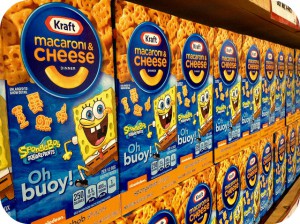 Each year, millions of Americans use payday lenders to obtain what seem like quick and easy loans. Many borrowers simply need an advance on an upcoming paycheck, allowing them to settle their loan as soon as payday arrives. For those who don’t manage to repay on time, however, the situation can rapidly turn desperate. Along with a variety of fees, payday lenders often charge interest rates than can eventually top out in the triple digits. As a result, one small Continue reading
Each year, millions of Americans use payday lenders to obtain what seem like quick and easy loans. Many borrowers simply need an advance on an upcoming paycheck, allowing them to settle their loan as soon as payday arrives. For those who don’t manage to repay on time, however, the situation can rapidly turn desperate. Along with a variety of fees, payday lenders often charge interest rates than can eventually top out in the triple digits. As a result, one small Continue reading






 A few years ago, we took a look at
A few years ago, we took a look at 
